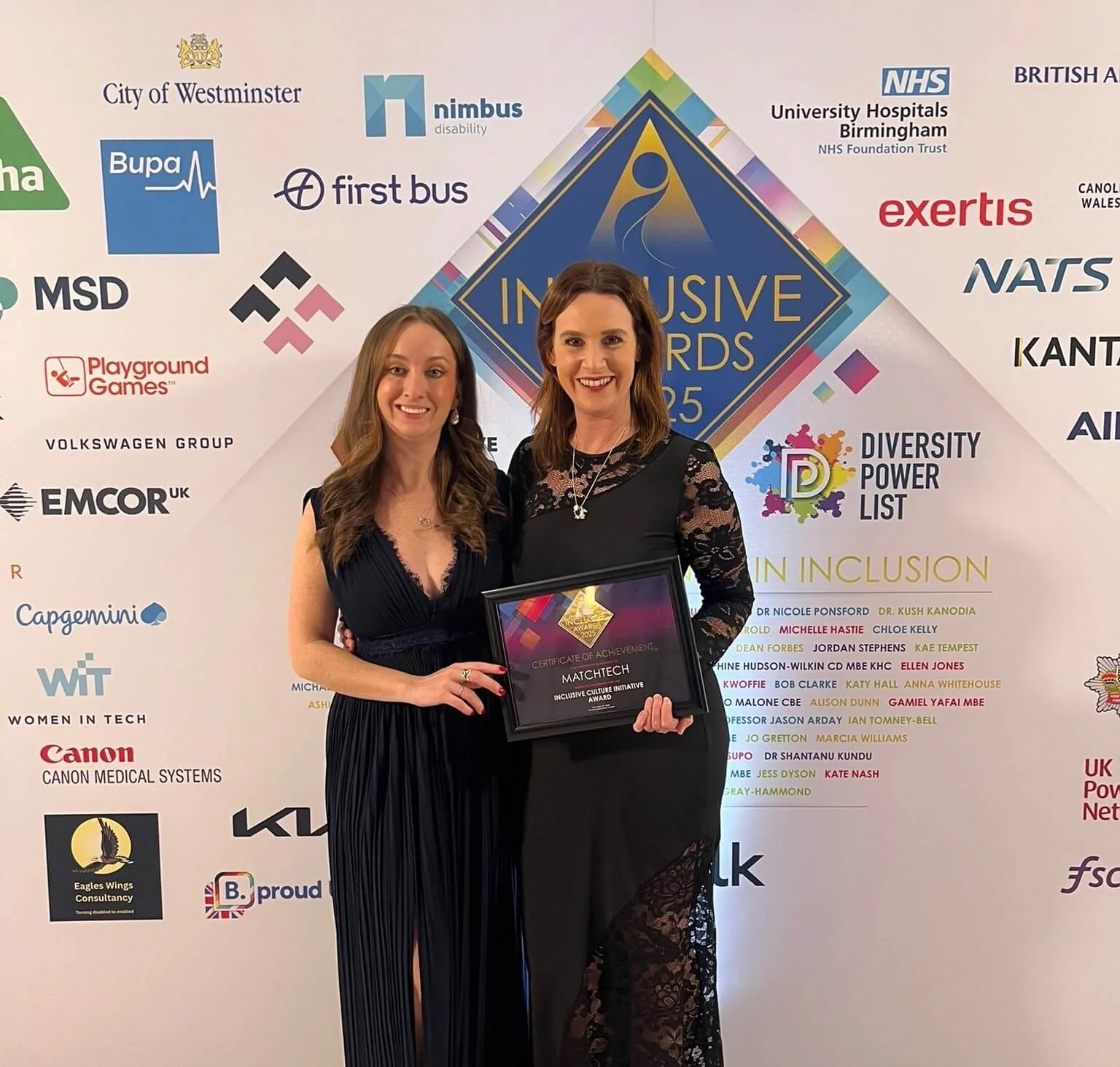4 Smart Moves to Sidestep Unconscious Bias in Recruitment
Hiring top STEM talent requires more than spotting technical skills. It means tackling unconscious bias throughout your recruitment process. Here’s how hiring managers can create a fair and effective selection process while identifying the best candidates.
Understanding Unconscious Bias
Unconscious bias, sometimes called implicit bias, affects decisions without us realizing it. It can show up as affinity bias, gender bias, conformity bias, or assumptions based on sexual orientation. Left unchecked, it can influence your hiring process and prevent diverse teams from thriving.
Research highlights that identical resumes receive different responses depending on perceived ethnicity or gender. This makes it essential to tackle unconscious bias from the very first step.
1. Review Job Descriptions and Criteria
Start by examining your job descriptions and shortlisting criteria. Make sure language is inclusive and avoid unnecessary preferences that could limit your candidate pool. Decide which skills and experience are essential versus desirable and be conscious of biases creeping into your decisions.
2. Build a Diverse Selection Panel
Diverse hiring teams bring multiple perspectives, reducing the risk of bias influencing your shortlisting process. By involving colleagues from different backgrounds and departments, you ensure candidates are evaluated fairly and objectively. This approach improves the quality of decisions and strengthens company culture.
3. Use Structured Interviews and Technical Assessments
Structured interviews standardize how candidates are evaluated. Combine them with technical assessments to test practical skills, and ensure every applicant is scored consistently. This reduces subjectivity and keeps your process focused on whether the candidate meets the requirements for the role.
4. Educate Your Recruitment Team
Bias education is critical for your recruitment team. Regular training on ED&I, affinity bias, and gender bias helps recruiters and hiring managers recognize and reduce unconscious bias. As Annabel Honour, Head of ED&I at Matchtech, says:
"Bias in your recruiting process is inevitable unless actively addressed. Education and structured practices help reduce unconscious bias and unlock the full potential of your candidate pool."
The Benefits of Bias-Free Hiring
When bias is minimized, you attract a broader pool of qualified candidates and create diverse teams that drive innovation. By embedding fairness into your hiring process, from job descriptions to structured interviews, you increase the chances of finding the successful candidate for the job and strengthening your company culture.




